Using Flexitank for importing liquids is the optimal and cost-effective solution as it allows the use of conventional containers, which reduces maritime transportation costs.
Its mobility, flexibility, and large storage capacity are other characteristics that have made this system one of the most in-demand for importing all types of non-hazardous liquids.
Features of Flexitank
The Flexitank is a bag made from flexible, durable, and lightweight polyethylene, designed to contain and transport non-hazardous liquids in bulk. Installed inside a conventional 20-foot container, it can store 24,000 liters of product.
One of its main advantages is its ease of use. The loading and unloading of the liquid are done through a valve, quickly and without the need for a large number of operators.
Another notable feature of Flexitank for importing bulk liquids is that the materials used for its manufacture allow the transport of food. This system is authorized by the FDA (Food and Drug Administration) of the United States and other international organizations for its reliability and environmental sustainability.
Types of Flexitank
Most importers prefer the single-use Flexitank, as it eliminates the possibility of contamination in the transport of goods. Additionally, these polyethylene bags, also known as flexibag or flexitank, can be recycled for other uses without causing environmental issues.
However, once the product has reached its destination, the Flexitank can be reused. In this case, it should always be considered whether the cleaning cost of the bag is worth it.
According to the number of layers in the Flexitank, we can talk about three types:
- Multilayer. These are much more flexible than single-layer ones, so after unloading, they can be rolled up to extract the remaining liquid. This minimizes product losses.
- Single-layer. These are more resistant and harder to break but have the disadvantage that not all content can be recovered. Their main advantage is that residues are avoided between layers.
- Double-layer. This is the evolution of the previous two types. The double-layer Flexitank has a flexible inner layer and a more rigid outer layer.
There are also top-load and bottom-load Flexitanks. Bottom-load ones are easier to empty and most commonly used for food liquids.
The loading and unloading procedure is very quick and simple with both systems. The only requirement to keep in mind is that disposal must be carried out by a certified company responsible for recycling.
Uses of Flexitank
Flexitank can be used to import bulk liquids as long as they are non-hazardous. It can be used for food products and countless industrial products.
Here are some examples of use:
- Edible oils
- Detergents
- Mineral oils
- Printing inks
- Fruit juices and concentrates
- Natural or synthetic latex
- Potable water
- Wine
- Adhesives
- Biodiesel
- Food additives
- Lubricants
- Liquid sugar
- Emulsions
- Sauces
- Glycerin
- Vinegar
- Herbicides
- Fertilizers
- Beer
- Syrups
- Milk
- Alcohol
- Waxes
- Sweeteners
And many more products.
Advantages of Flexitank
As we have seen, Flexitank has numerous benefits for importers. In summary, the most important ones are:
- Reduces transportation costs
- Minimizes loading and unloading costs
- Provides greater load capacity
- Can be recycled and reused
- Is environmentally friendly
- Disposables eliminate the risk of contamination with other products
- Does not require cleaning
- More economical than other containers, such as IBCs or tanks
- Can transport both food and industrial products
- Accommodates liquids with temperatures between -20°C and 80°C
If you want to import bulk liquids, contact us about the possibilities of using Flexitank. At Bull Importer, we will study your case to help you choose the most suitable flexitank model and loading and unloading system for your product.




